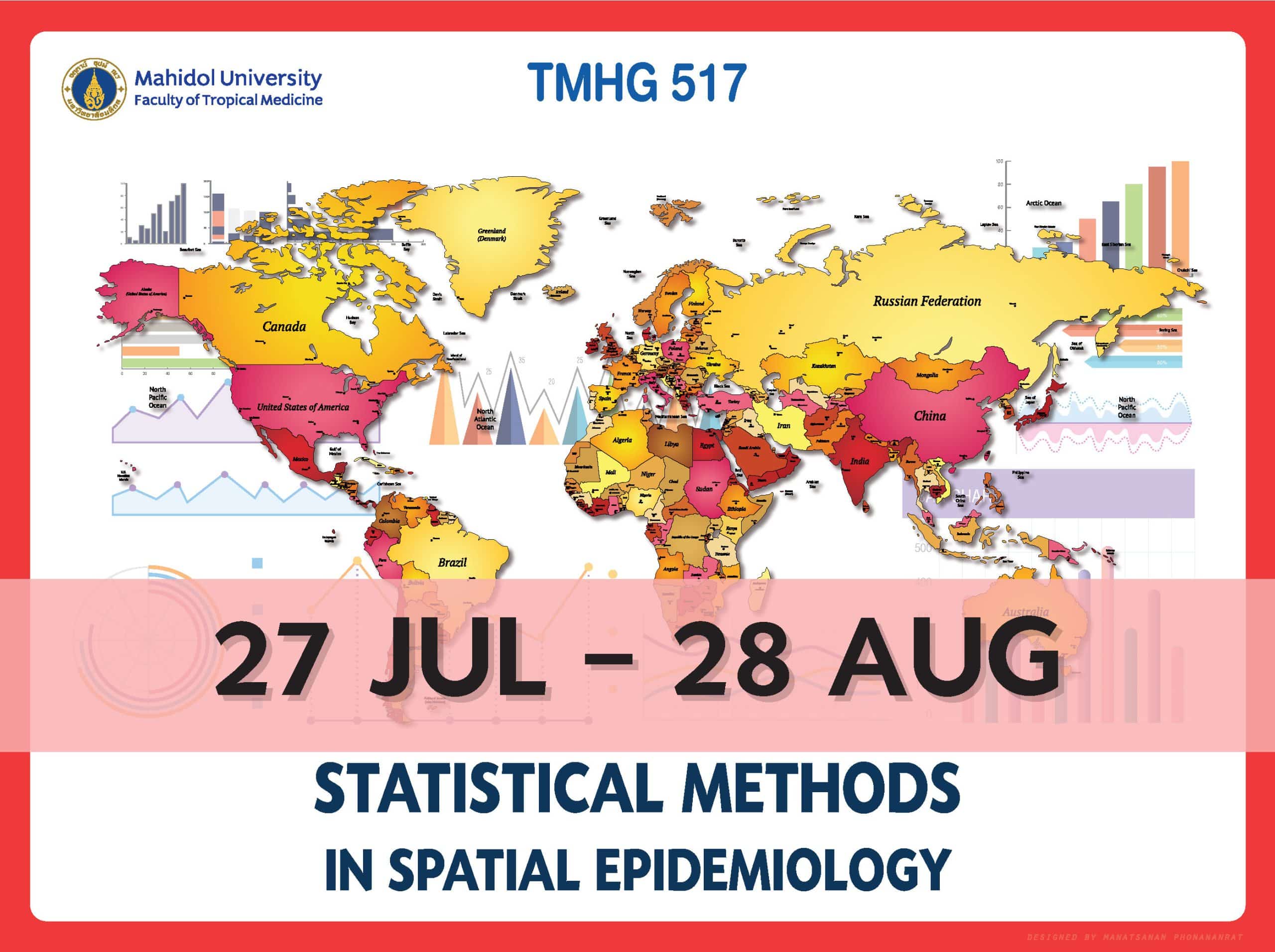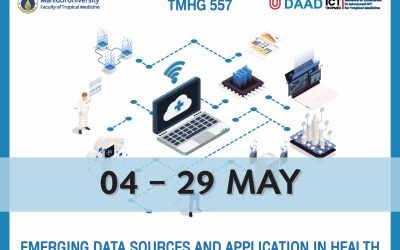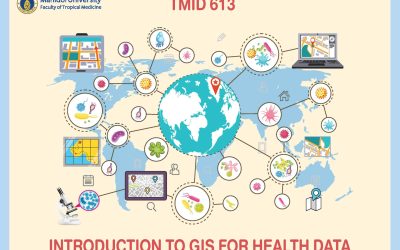Course description
Spatial epidemiology, sampling and analysis; Cluster analysis; Surface analysis; Spatial autocorrelation and regression
Prerequisites
Graduate in Bachelor degree in Health sciences, computer sciences, and ICT
LO: Learning Outcome
- LO1: Describe concepts of spatial epidemiology
- LO2: Select appropriate statistical methods for spatial analysis
- LO3: Demonstrate analytical techniques for spatial analysis
- LO4: Interpret results and outcomes from spatial analysis
Course Features
- Lectures 27
- Quiz 0
- Duration 30 hours
- Skill level All levels
- Language English
- Students 44
- Certificate No
- Assessments Yes
- 5 Sections
- 27 Lessons
- 10 Weeks
- Week 1 : Why Spatial Epidemiology?9
- 1.1Week 1 Steps to Completion
- 1.2Course Orientation
- 1.3Introduction to Spatial Epidemiology: Activities
- 1.4Introduction to Spatial Epidemiology: Assignments
- 1.5Introduction to R-INLA: Activities
- 1.6Introduction to R-INLA week1 : Assignment
- 1.7Class Project week1: Project overview
- 1.8Course Forums
- 1.9Course Evaluation w1
- Week 2 : Why modeling?8
- 2.1Week 2 Steps to Completion
- 2.2Introduction to Modelling in Epidemiology: Activities
- 2.3Introduction to Modelling in Epidemiology: Assignments
- 2.4Introduction to Linear Regression Modelling: Activities
- 2.5Introduction to Linear Regression Modelling week 2: Assignments
- 2.6Class Project week 2 : Writing An Introduction
- 2.7Course Forums
- 2.8Course Evaluation w2
- Week 3: How to analyze spatial patterns in disease?6
- Week 4: Where are adverse risks?5
- Week 5: Ecological fallacy and Long-term project submission!5







